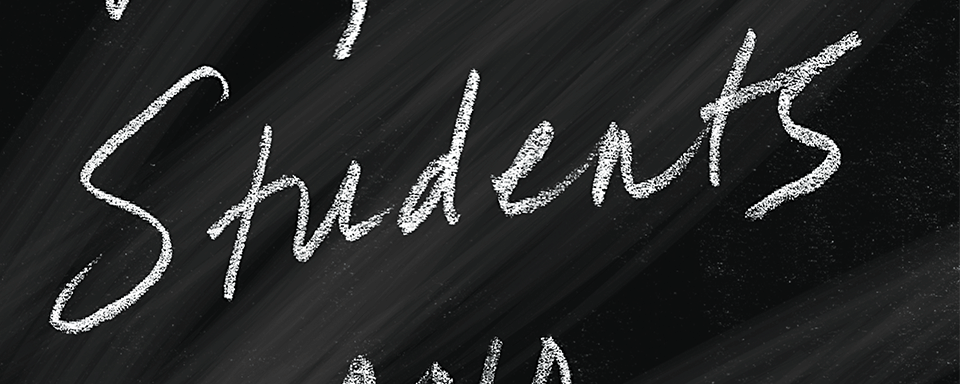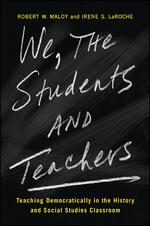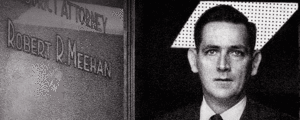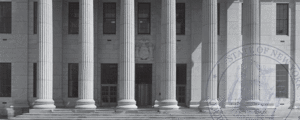
Ask Students for Feedback and Then Confer: Democratic Learning Strategies for Teachers
Guest Post by Robert W. Maloy and Irene S. LaRoche (SUNY Press Authors)
Feedback is a widely-used term in K-12 education. Teachers, administrators, and professional development consultants all stress the importance of educators consistently providing students with supportive, encouraging feedback on academic work and classroom performance.
But what about feedback flowing in the opposite direction, from students to teachers? “Conferring” is what we call a process where teachers regularly invite elementary, middle and high school students to provide and discuss ideas about how to improve teaching and learning in their classroom.
In our 2015 SUNY Press book, We, the Students and Teachers: Teaching Democratically in the History/Social Studies Classroom, we found that when teacher candidates in the history teacher license program at our University regularly asked students for feedback, listened to what students are telling them, and then responded by making collectively agreed upon changes to daily activities, classroom cultures are transformed. Students more readily engage in learning activities while teachers report feeling more satisfied with the work. Student feedback also becomes a form of democracy in action in classrooms as students experience having their voices and views listened to and utilized in how teaching and learning happens on a daily basis.
Here are strategies for making Conferring with Students a regular part of any classroom.
- Exit Tickets. Many teachers ask students to write a short summary of what they learned each day at the end of class; this is a student’s ticket to move to their next part of the daily schedule. Exit tickets can also be used to gather feedback about what worked or did not work for students during that day’s class. Students can offer one or two brief comments on a sticky note, an index card, or online platform and teachers can use the information to gauge the impact of different instructional strategies.
- Letters to a Teacher. Before beginning a new instructional unit, teachers often ask students what they know about the academic topics to be taught. This serves as a pre-assessment of student skills and knowledge. Teachers can also invite students to write them a short letter describing how the teacher can best help the student learn the upcoming material; in effect, asking each student “How can I be a successful teacher for you.”
- Sidebar Conversations. Teachers are constantly talking informally with students during group activities or outside the classroom. Such sidebar conversations can also serve as a source of student feedback about teaching methods and classroom climate. Ask individuals and small groups for their reactions and ideas about a class or a teaching method. Be sure to talk to everyone so no one feels excluded from these sidebar forms of feedback.
- As-It-Is-Happening Responses. Many school systems use end of the term feedback surveys to collect information from students about courses. Instead of a once a term or once a year activity, teachers can give short feedback surveys to students throughout the school year, collecting information weekly or throughout an instructional unit. Such as-it-is-happening feedback enables teachers to assess the impact of teaching and learning strategies, and make adjustments to the pace and flow of a class.
- Comfort and Reach Teaching Methods Questions. Many teachers would like to try a new teaching method or approach with their classes. They can use student feedback to guide their instructional planning. Choose two different teaching methods, one you feel confident in using—“comfort method”— and one that you are less comfortable with—“reach method.” A teacher might, for example, feel confident using cooperative learning but have less experience implementing creative writing activities with students. Asking for specific feedback about a comfort and reach teaching method is a way to decide how best to implement it with students in your classes.
- Class Meetings. Once different forms of feedback have been collected from students, teachers and students can confer together as a whole class to discuss what students have written and decide together possible specific instructional practices and classroom activities to modify or change going forward.
When teachers and students confer together about instructional practices and classroom activities, the individual and collective voices of each classroom community are heard. And as the authors of the 2003 “The Civic Mission of Schools” report from the National Council of State Legislatures noted: “Giving students more opportunities to participate in the management of their own classrooms and schools builds civic skills and attitudes.” Over time, regularly conferring together will build a commitment to learning in schools and democracy in society.
Robert W. Maloy is Senior Lecturer in the Department of Teacher Education and Curriculum Studies in the College of Education at the University of Massachusetts Amherst where he coordinates the history and political science teacher license program. Email: rwm@educ.umass.edu
Irene S. LaRoche is a history and social studies teacher and department chair at Amherst Regional Middle School in Amherst, Massachusetts. They are the authors of We, the Students and Teachers: Teaching Democratically in the History and Social Studies Classroom (State University of New York Press, 2015). Email: larochei@arps.org


